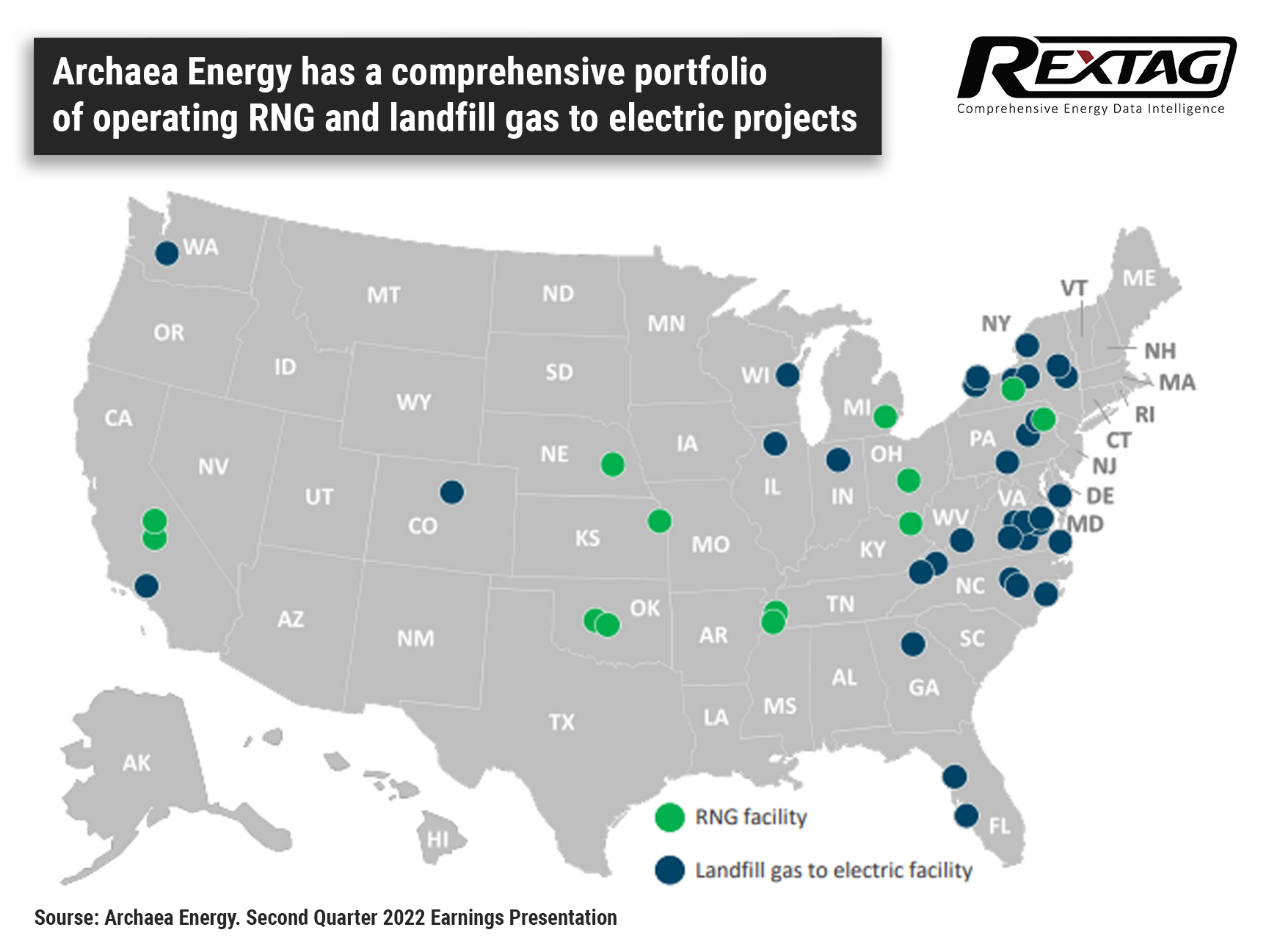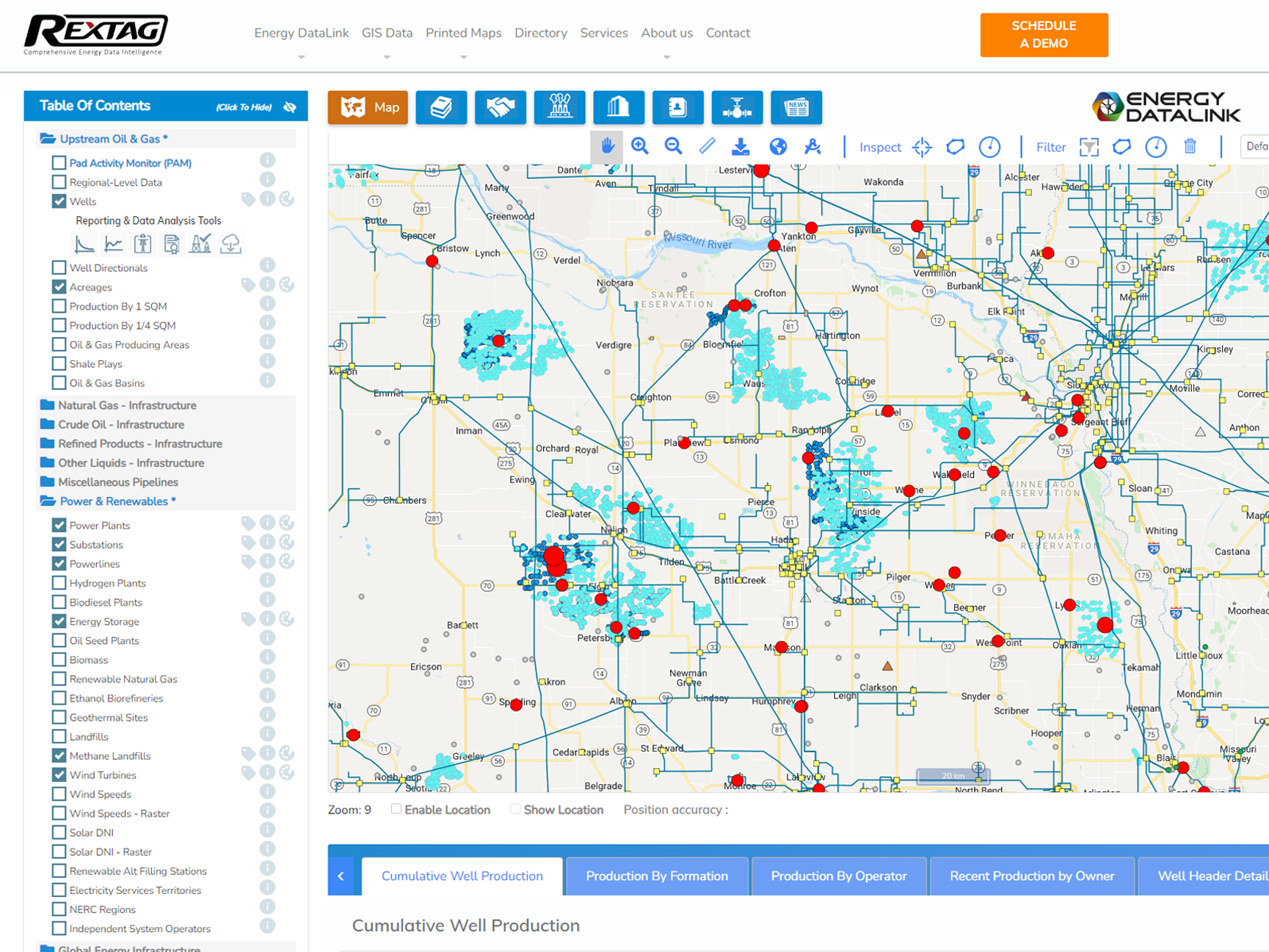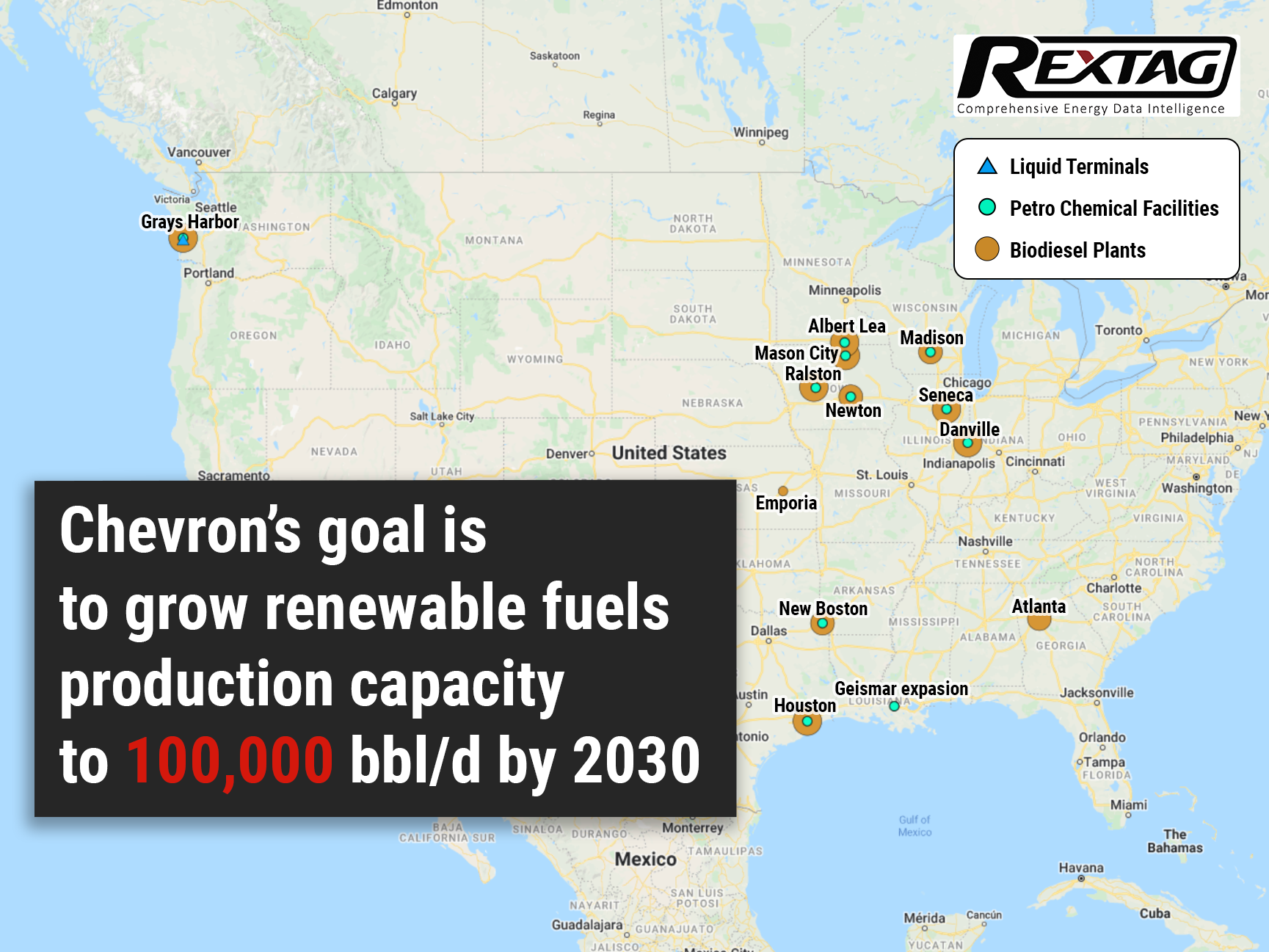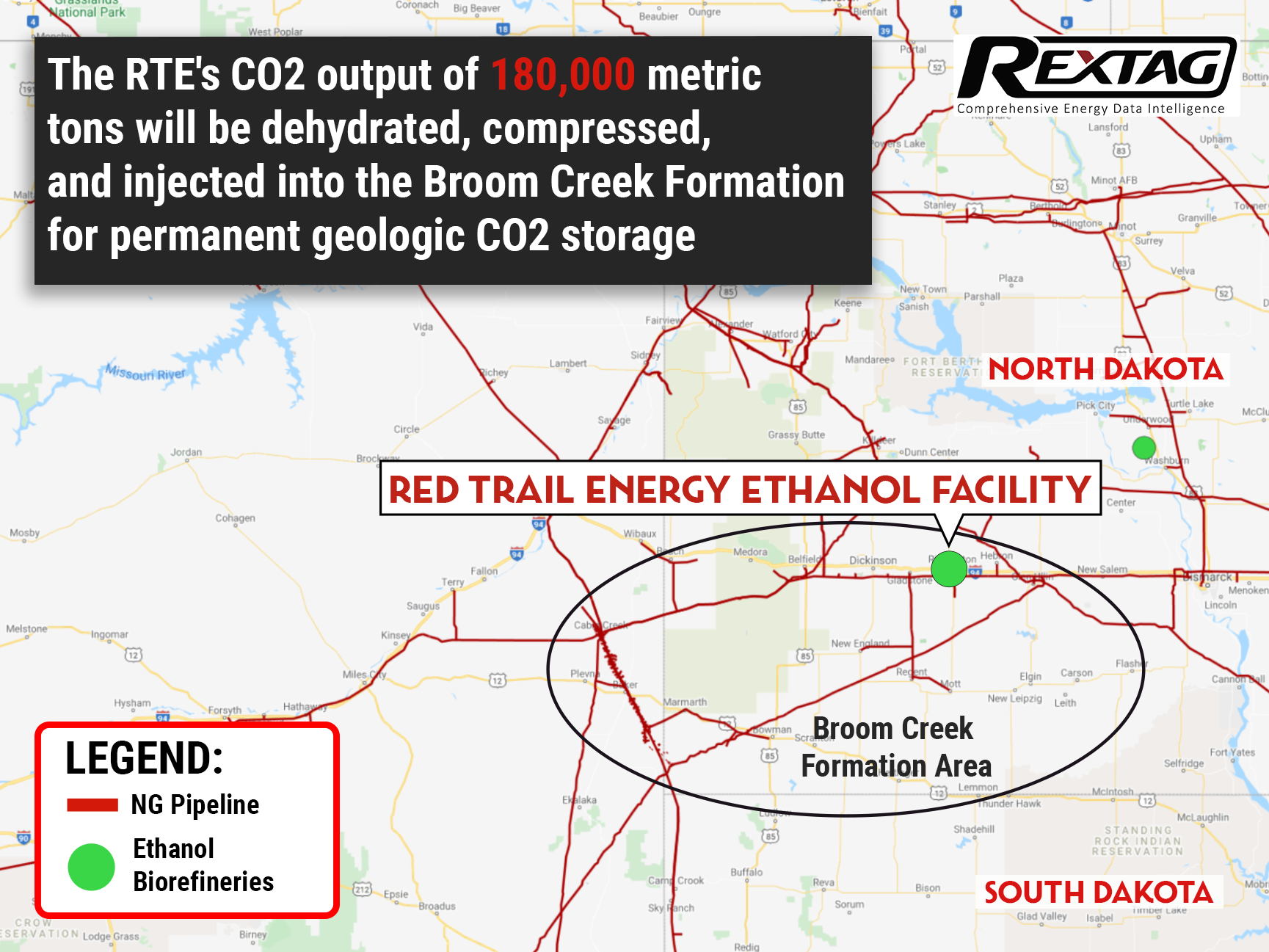Blog
Since days when shale oil and gas technologies were discovered, the U.S. energy industry has been evolving more rapidly than ever before. Many changes are amazing especially when you put them on an industry map. At Rextag not only do we keep you aware of major projects such as pipelines or LNG terminals placed in service. Even less significant news are still important to us, be it new wells drilled or processing plants put to regular maintenance.
Daily improvements often come unnoticed but you can still follow these together with us. Our main input is to “clip it” to the related map: map of crude oil refineries or that of natural gas compressor stations. Where do you get and follow your important industry news? Maybe you are subscribed to your favorite social media feeds or industry journals. Whatever your choice is, you are looking for the story. What happened? Who made it happen? WHY does this matter? (Remember, it is all about ‘What’s in It For Me’ (WIIFM) principle).
How Rextag blog helps? Here we are concerned with looking at things both CLOSELY and FROM A DISTANCE.
"Looking closely" means reflecting where exactly the object is located.
"From a distance" means helping you see a broader picture.
New power plant added in North-East? See exactly what kind of transmission lines approach it and where do they go. Are there other power plants around? GIS data do not come as a mere dot on a map. We collect so many additional data attributes: operator and owner records, physical parameters and production data. Sometimes you will be lucky to grab some specific area maps we share on our blog. Often, there is data behind it as well. Who are top midstream operators in Permian this year? What mileage falls to the share or Kinder Morgan in the San-Juan basin? Do you know? Do you want to know?
All right, then let us see WHERE things happen. Read this blog, capture the energy infrastructure mapped and stay aware with Rextag data!
Why Are Oil Giants Backing Away from Green Energy: Exxon Mobil, BP, Shell and more
As world leaders gather at the COP29 climate summit, a surprising trend is emerging: some of the biggest oil companies are scaling back their renewable energy efforts. Why? The answer is simple—profits. Fossil fuels deliver higher returns than renewables, reshaping priorities across the energy industry.
AI and the Battle for Sustainability: Tackling Landfills, Methane, Exxon Mobil in the Crossfire
The U.S. faces a pressing waste crisis as global waste levels rise and recycling remains largely ineffective. Traditional landfills, responsible for massive methane emissions and water contamination, continue to grow, and the energy-intensive recycling process for plastics remains hotly debated. With artificial intelligence (AI) now revolutionizing landfill management and pushing energy companies like Exxon Mobil to address their role in plastic waste, the question is: can technology bring us closer to a sustainable future?
Permian Basin Gas Production Pushes Limits – Infrastructure Expansion Needed
The rapid growth of natural gas production in the Permian Basin is pushing existing infrastructure to its limits, and additional pipeline projects are on the horizon to meet rising demand, according to East Daley Analytics. Despite ongoing price volatility—marked by repeated declines—demand for expanded energy markets continues to surge.
Virginia's Renewable Future: Dominion Energy Sells Wind Stake for $2.6B
Dominion Energy has struck a major deal by selling half of its stake in the Coastal Virginia Offshore Wind (CVOW) project to Stonepeak, one of the world’s leading infrastructure investors, for $2.6 billion. While Dominion will retain full control over the project’s development and day-to-day operations, this partnership gives Stonepeak a non-controlling 50% interest.
Turning Trash into Treasure: Are Landfills America’s Next Green Energy Source?
Landfills are essential to America’s waste management system, yet they face several operational, environmental, and regulatory challenges. With over 2600 active municipal solid waste (MSW) landfills across the country, they occupy an average of more than 600 acres, which is roughly equivalent to 500 football fields. Methane emissions from landfills contribute significantly to global warming, accounting for 15.1% of U.S. methane emissions. As the waste sector is a major contributor to methane emissions, there is a growing emphasis on improved monitoring, reduction technologies, and the integration of renewable natural gas (RNG) solutions to mitigate the impacts of these emissions.
Agrivoltaics: Merging Solar Power and Farming Across the USA – Promise, Problems, and the Path Ahead
Agrivoltaics, a combination of agriculture and solar power generation on the same land, is quickly gaining traction across the United States as a solution to balancing the demand for renewable energy and the need to preserve farmland. As the country pushes toward its goal of achieving net-zero emissions, solar power is expected to play a significant role in this transition. However, concerns about the loss of agricultural land have led to the rise of agrivoltaics, where farming and solar energy production coexist.
California’s Renewable Energy Isn’t as Safe as It Looks: Why Are We Wasting So Much Energy?
California has long been at the forefront of renewable energy in the United States, from its vast solar farms to its growing battery storage capacities. But beneath the headlines of a "clean energy revolution" lies a complex reality—one shaped by ambitious targets, grid challenges, and the everyday experiences of Californians grappling with rising energy costs and increasing grid instability. As California pushes towards its 100% clean energy goal, the road is full of both promise and pitfalls.
Can Oil-Rich Texas Be a Clean Energy Titan: Sugary Sweet Attempt at Leading the Renewable Revolution
Texas is taking bold steps toward a future powered by clean energy. Once known mainly for its oil and gas, the state is now a leader in wind, solar, and battery storage. But as electricity demand grows, so do the challenges of balancing energy needs with infrastructure limits. Here’s a look at how Texas is transforming and what hurdles lie ahead + find out who works with Facebook’s parent company Meta on new technology across the U.S.
New ERA: U.S. Allocates $7.3 Billion for Rural Clean Energy Initiatives
The United States government has announced a significant investment of $7.3 billion from the 2022 Inflation Reduction Act (IRA) to support clean energy initiatives led by rural electric cooperatives. These projects aim to reduce energy costs, enhance reliability, and promote sustainability for rural communities, where energy costs tend to be higher than in urban areas. This investment marks a substantial effort toward decarbonizing rural America while supporting job creation and infrastructure improvements.
Geodata Requirements for Solar Farm Siting: TOP US States for Solar Energy
Solar energy is quickly becoming one of the most popular and sustainable ways to generate power. As more people and businesses turn to renewable energy, finding the best spots in the United States to build solar farms is crucial. This is where Geographic Information Systems (GIS) comes in. GIS technology helps us analyze the environment, land features, and land use to identify the best places for solar energy projects. By using GIS, we can boost energy production and reduce the environmental impact, all while helping the country meet its renewable energy goals.
These 8 US States Now Get Most of Their Renewables: Solar, Wind and More
Last year, a Pew Research Center survey revealed that 67% of Americans are in favor of developing alternative energy sources. Similarly, an Eligo Energy survey indicated that 65% of U.S. consumers are prepared to pay a premium for renewable energy. According to Mordor Intelligence, the U.S. renewable energy market is projected to reach 434.5 GW in 2024, with further growth expected at an annual rate of 10.01%, reaching 700.15 GW by 2029.
TOP 3 Must-Watch Trends in Oil & Gas: Exxon Mobil, Shell, BP and ConocoPhillips
Last week, Exxon Mobil, Shell, BP, and ConocoPhillips all reported second-quarter earnings that exceeded analysts' expectations, while Chevron’s results fell short, largely due to challenges in its refining business. A significant portion of these multi-billion dollar earnings came from oil and gas production. The companies' executives have indicated that they plan to increase spending on new exploration projects moving forward. While this doesn't suggest that investors are ignoring climate goals at these major oil firms, it does show that they are focusing more on the profits generated from production.
How Big is America in the RNG Market: USA Renewable Natural Gas Ups and Downs
The renewable natural gas (RNG) industry in the United States is showing promising signs of growth. As of 2019, the U.S. consumed 261 billion cubic feet (BCF) of RNG, primarily utilized by independent power producers, electric utilities, and various commercial and industrial entities. However, this figure represents only a small fraction of its potential. Research indicates that the U.S. could theoretically produce up to 2,200 BCF of RNG through anaerobic digestion alone, which would equate to about 11% of daily national natural gas consumption.
Renewable Efforts Lag as Global Oil and Gas Demand Continues to Rise
Recently, the progress toward an energy transition is hitting a snag. Sales of electric vehicles are decelerating, and the growth in wind and solar power needs to be keeping pace with expectations. To make matters more challenging, electricity prices are climbing when they were expected to fall. Amidst these setbacks, the oil and gas sectors are proving resilient. According to BP's latest energy outlook, not only are these energy mainstays here to stay, but their demand is expected to remain relatively high even after reaching a peak. Interestingly, BP forecasts that oil demand will reach its zenith next year, marking a critical moment in energy consumption trends. This isn't the first time BP has projected a peak in oil demand. Back in 2019, their review anticipated a decline in demand growth, but the prediction fell flat. Instead, oil demand surged to unprecedented levels following the end of the global pandemic lockdowns, defying previous forecasts and underscoring the enduring dominance of traditional energy sources in the global market.
After Hurricane Beryl, U.S. Aims High to Sustain Solar Energy Growth and Stay Top in Renewables
Texas energy companies are picking up the pieces after Hurricane Beryl, an early Category 5 hurricane, hit the U.S. Gulf Coast earlier this week. However, it weakened to Category 1 by the time it made landfall in Texas. The hurricane brought heavy rainfall and sparked fears of storm surges, flooding, and tornadoes. As Hurricane Beryl neared, the natural gas supply to Freeport LNG’s export facility in Texas nearly stopped the day before the storm struck. Houston was particularly hard-hit, with the storm knocking out power for two million residents. CenterPoint Energy, a key power provider in the area, felt the brunt of the hurricane but aimed to have power restored to half the affected customers by the following day.
Renewable Energy and Decarbonization: From Renewable Diesel to Electrofuel, Biofuel and Geothermal Power
Renewable diesel, a cousin to traditional petroleum diesel, stands out as a standalone fuel and a blendable option. In 2022, it accounted for about 8% of all U.S. biofuel production and 9% of its consumption. For decades, diesel has been the stalwart choice for both shippers and carriers, valued for its reliability. Yet, as sustainability becomes a priority, these industries are now navigating the complex world of alternative fuels. This shift has its challenges; the array of choices comes with varying information about availability, cost, performance, and environmental impact. Amidst these options, renewable diesel is gaining traction.
A Green Future: $2 Trillion Investment in Clean Energy on the Horizon for 2024
The global investment in upstream oil and gas is also set to rise by 7% in 2024 to $570 billion, continuing the growth trend from 2023. National oil companies in the Middle East and Asia primarily drive this increase. This year, the global shift toward clean energy will see investments reaching a monumental $2 trillion, according to the International Energy Agency (IEA). This amount is double what is being invested in fossil fuels. In its annual World Energy Investment report, the IEA highlights that for the first time, total energy investment will surpass $3 trillion in 2024.
Renewable Natural Gas: How RNG Changes the Industry
Power companies argue that natural gas is essential for meeting energy demands when renewable sources like wind and solar aren't producing enough electricity. Despite the increasing role of renewables, which are setting new records in U.S. power generation and are favored to replace coal, the intermittency of these sources presents challenges that could keep natural gas in the mix through at least 2030. According to the U.S. Energy Information Association, the U.S. has enough natural gas reserves to last approximately 86 years. However, the finite nature of these reserves highlights the need for a continued shift towards more renewable and sustainable energy sources.
Renewables in Oil and Gas Industry: Solar, Wind, Hydroelectric, Innovations, From Texas to Arizona and Who’s The Best?
Last year, a Pew Research Center survey revealed that 67% of Americans are in favor of developing alternative energy sources. Similarly, an Eligo Energy survey indicated that 65% of U.S. consumers are prepared to pay a premium for renewable energy. Scott Zimmerman, the project manager at the Global Oil and Gas Extraction Tracker of Global Energy Monitor (GEM), expressed skepticism about the oil and gas industry's rationale for exploring and developing new fields. "The justifications offered by oil and gas producers do not stand up to scrutiny," he commented. "The scientific consensus is clear: we cannot afford to open new oil and gas fields without risking severe environmental consequences." Despite these warnings, last year saw significant advancements in the oil and gas sector, with at least 20 fields worldwide reaching the "final investment decision" stage. This stage marks the commitment to proceed with construction and development, leading to the approval of projects that will collectively produce about 8 billion BOE. By the end of this decade, there is an ambition to approve projects that will quadruple this output, aiming to extract 31.2 billion BOE from 64 fields. Notably, the United States has been at the forefront of sanctioning new oil and gas initiatives over the past two years, according to GEM's analysis.
Cold Weather Disruptions Lead to Lower US Natural Gas Production in January 2024
In January, US natural gas production dropped to 102 billion cubic feet per day (Bcf/d) from December's record of 106 Bcf/d due to bad weather. The Energy Information Administration (EIA) expects it to recover soon, hitting 105 Bcf/d by March. The EIA's outlook for 2024 predicts an average production of about 104 Bcf/d, slightly down from the earlier forecast of 105 Bcf/d. By 2025, production is anticipated to climb over 106 Bcf/d.
Streamlining ESG Management in Oil & Gas: Simplify Compliance with the Latest Standards
To effectively manage ESG issues in O&G companies, a comprehensive approach is required, addressing multiple managerial issues. First, ESG considerations must be integrated into the corporate strategy, setting goals that align with business objectives, reflected in budgeting, capital allocation, and risk management. Accurate and efficient collection, management, and reporting of ESG data is necessary for identifying relevant metrics and indicators, such as greenhouse gas emissions, water consumption, and social impact indicators.
Exploring ESG in Upstream Operations: Examining Achievements, Obstacles, and Emerging Patterns
ESG considerations are becoming increasingly essential for companies operating in the upstream sector. Failure to address ESG concerns may result in financial and reputational risks, given the growing focus from investors, regulators, and other stakeholders. Companies must prioritize ESG performance and engage with stakeholders to address concerns and mitigate risks. By doing so, they can improve their reputation, attract investment, and contribute to a more sustainable future
BP Has Acquired Archaea Energy for $4.1 Billion Developing Its bioenergy business
BP acquired renewable natural gas (RNG) provider Archaea Energy Inc. for $4.1 billion on December 28, marking a milestone in the growth of BP’s strategic bioenergy business. The acquisition, announced in October, was finalized following BP’s completion of regulatory requirements and Archaea obtaining shareholder approval.
Co-Location Energy Infrastructure Analysis at Your Fingertips
Your team’s ESG performance can be greatly improved applying the asset co-location analysis within upstream or midstream use cases. This has been a topic for a discussion at Rextag’s ‘Is ESG Improvement Next Door?’ webinar. We reviewed some cases like curbing gas flaring or renewable energy sourcing to power the fossil fuel infrastructure. Many combinations are available with access to the data Rextag provides on wells, acreages, power lines, substations, and such renewable infrastructure as wind turbines, methane landfills, etc.
All-in: Chevron Invests $3 Billion in Alternative Fuels
With the purchase of Renewable Energy Group Inc. for $3.15 billion, Chevron makes its largest investment in alternativefuels. This turn in investments highlights the shift in the world’s attitude toward climatechange. Since oil companies contribute heavily to global #emissions, governments and investors are increasingly urging them to reduce their #carbonfootprints and join the fight against emissions. As state and federal subsidies to decarbonize fuels increase, U.S. refineries have likewise increased the production of renewable diesel. In line with this, by 2050, Chevron aims to cut gas emissions to zero.
The race for landmark CCS project: North Dakota approves Class VI well for Red Trail Energy
New standards for carbon capture have been set in North Dakota earlier this month as NDIC greenlights Red Trail Energy’s project. The company will now be able to commercially capture, compress, and inject 180,000 tons of carbon dioxide per year into the Broom Creek Formation on its property for permanent geologic CO2 storage. This ensures that carbon dioxide can be stored safely for generations to come.
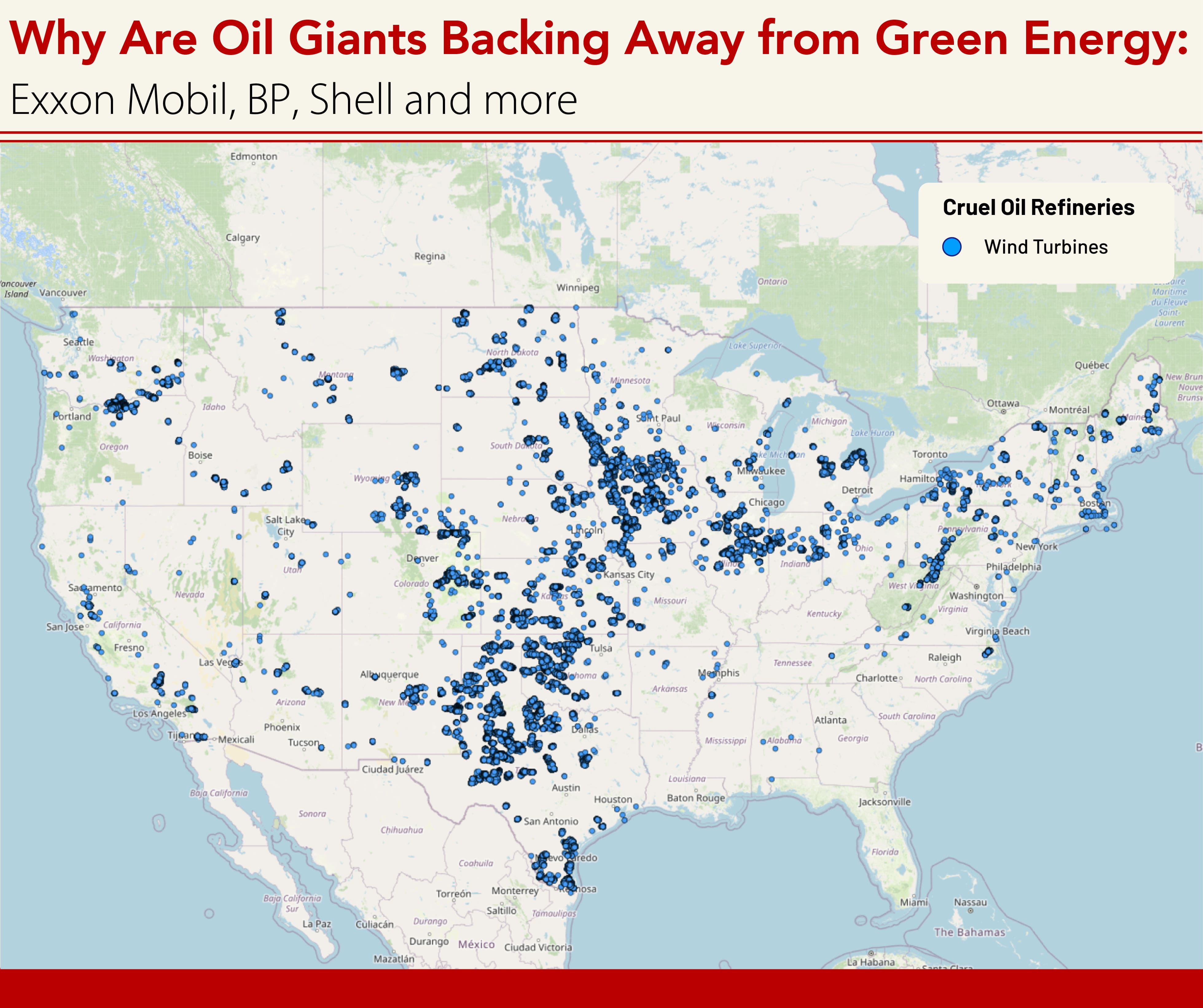
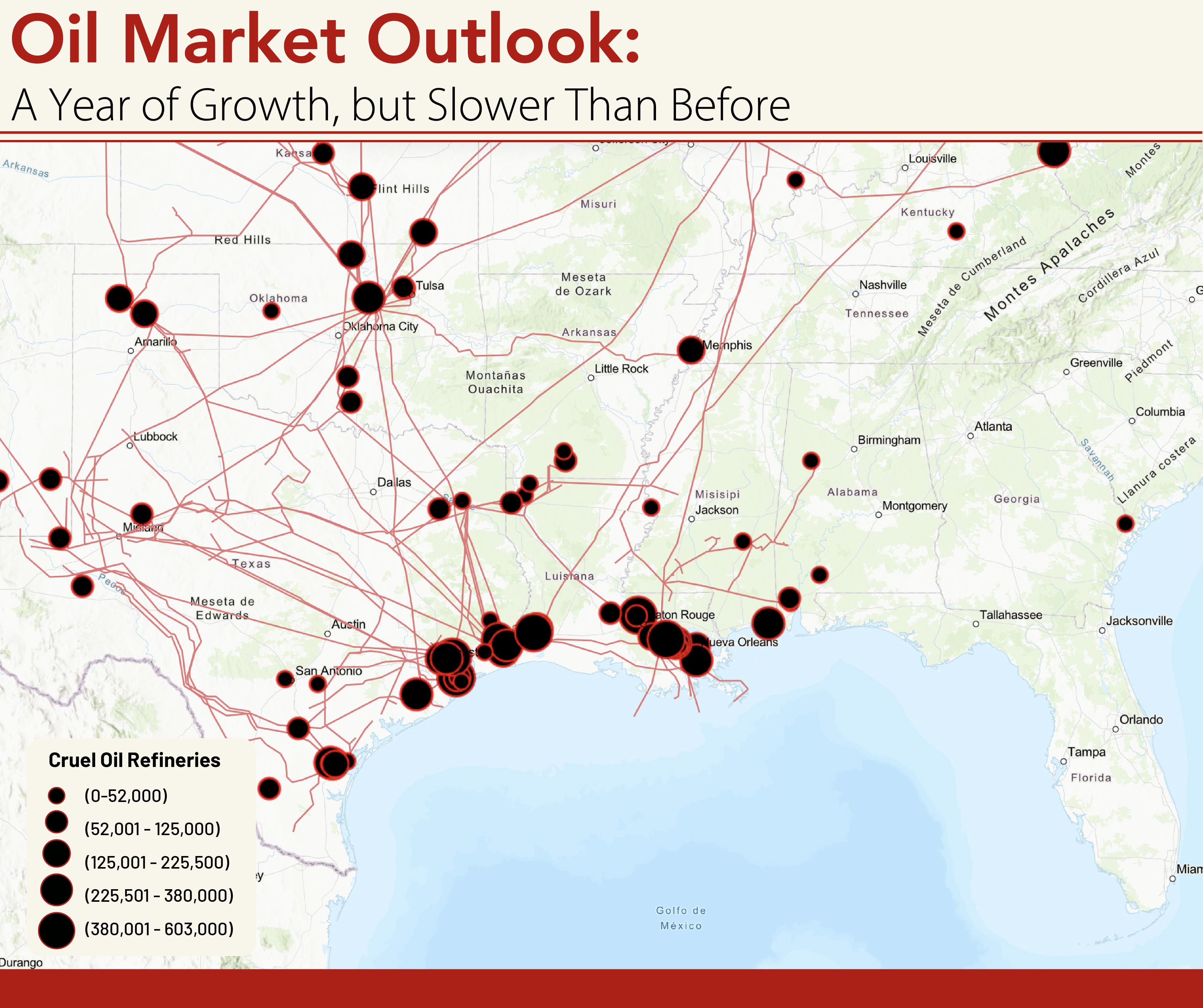

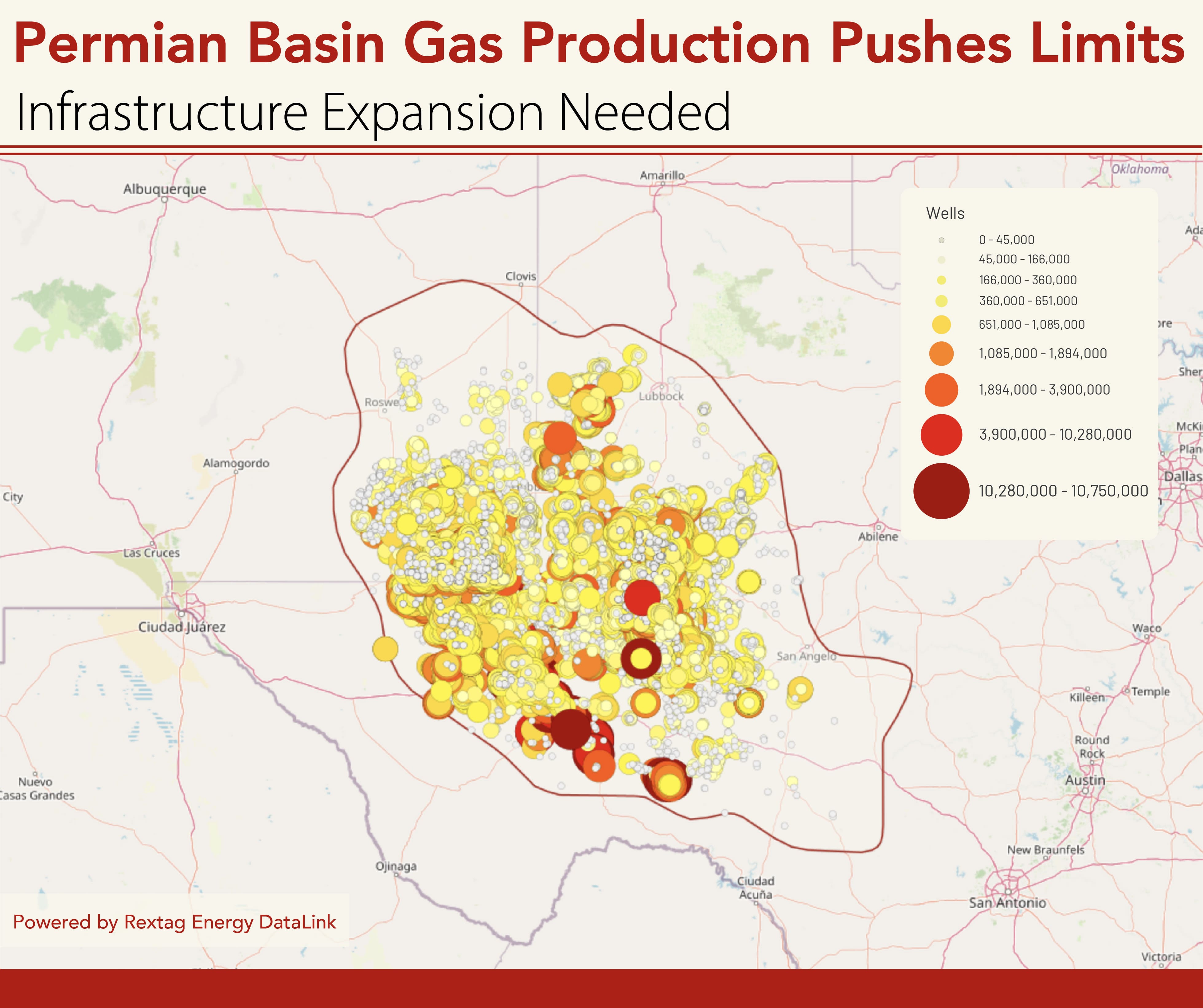

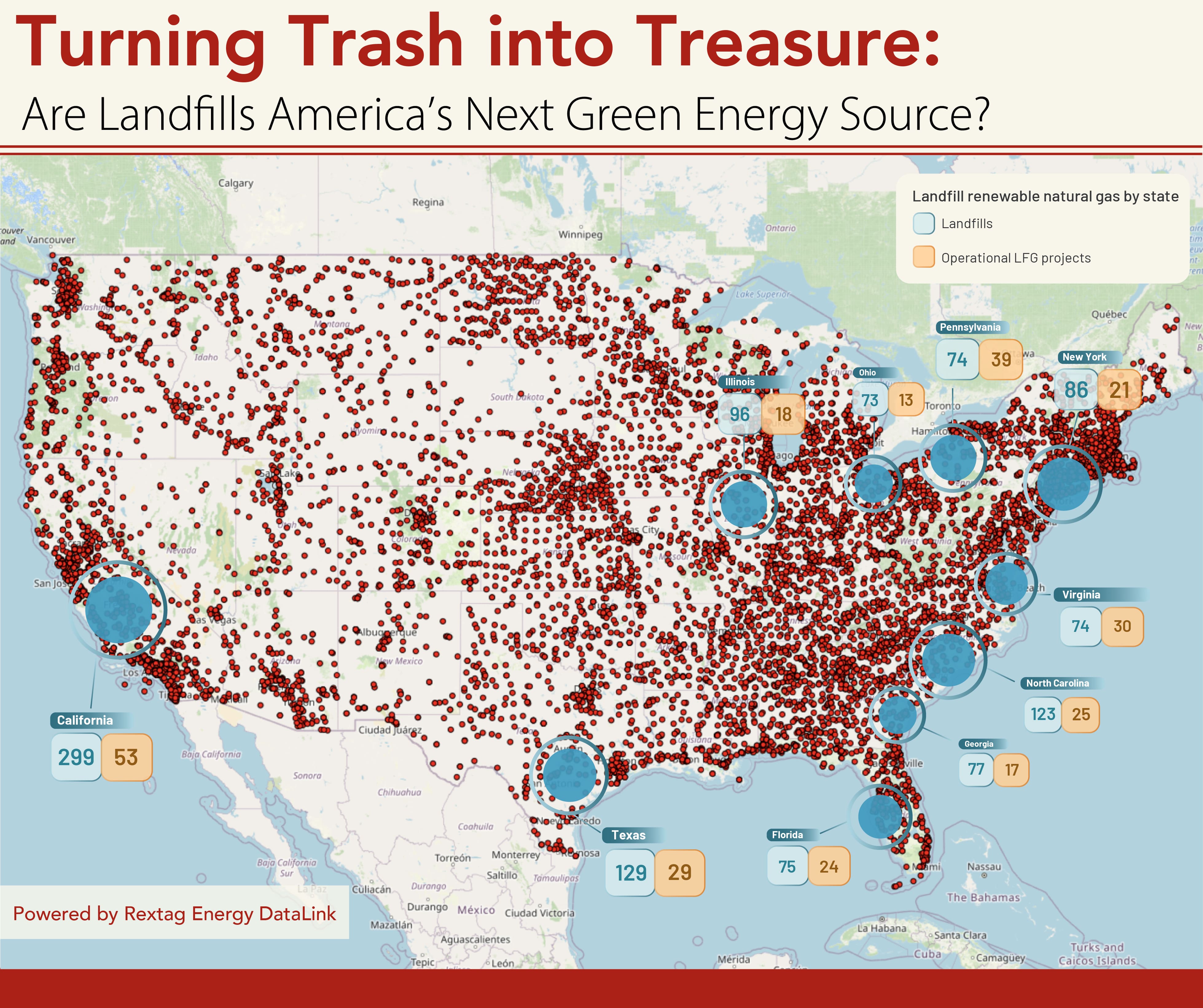
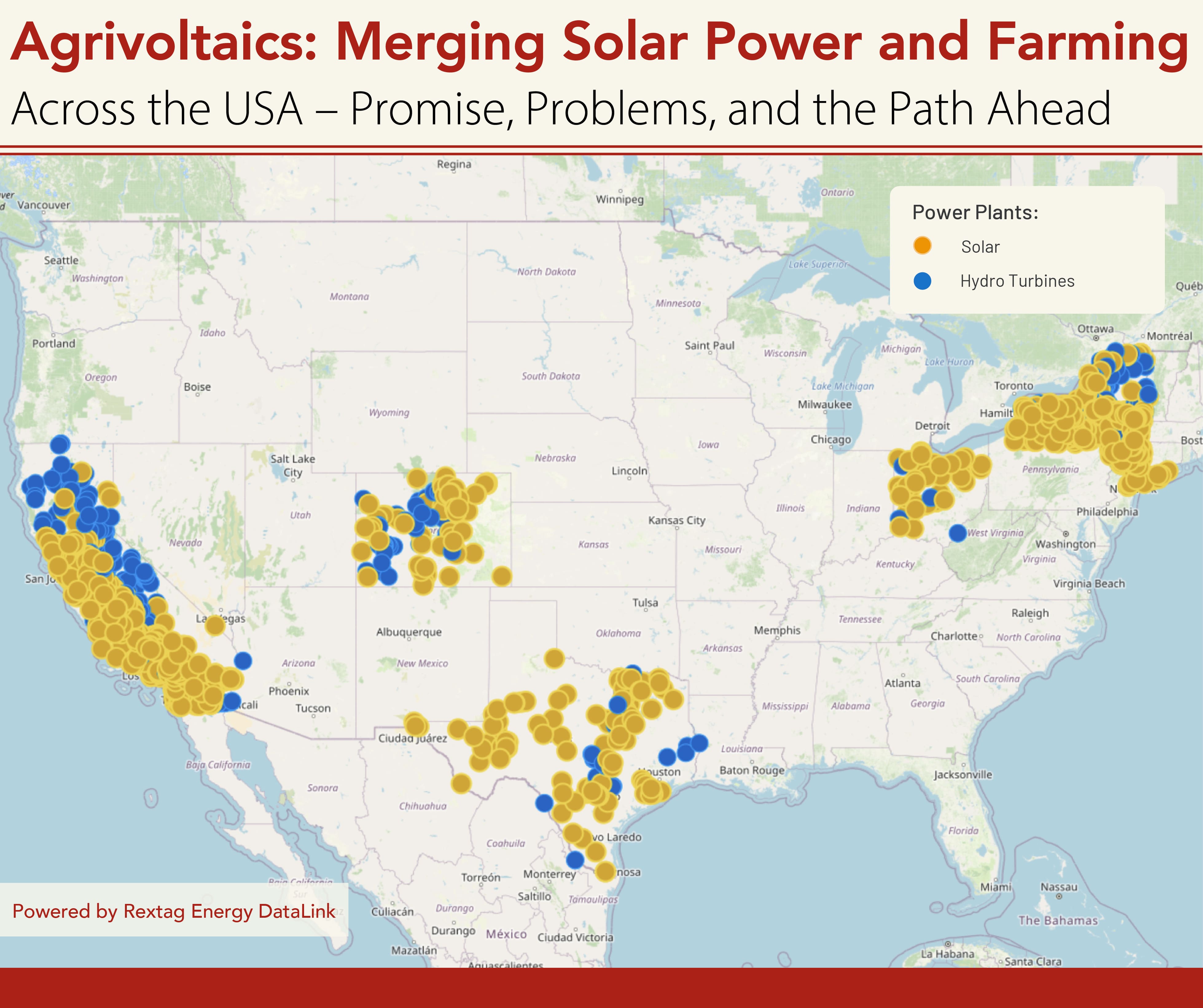
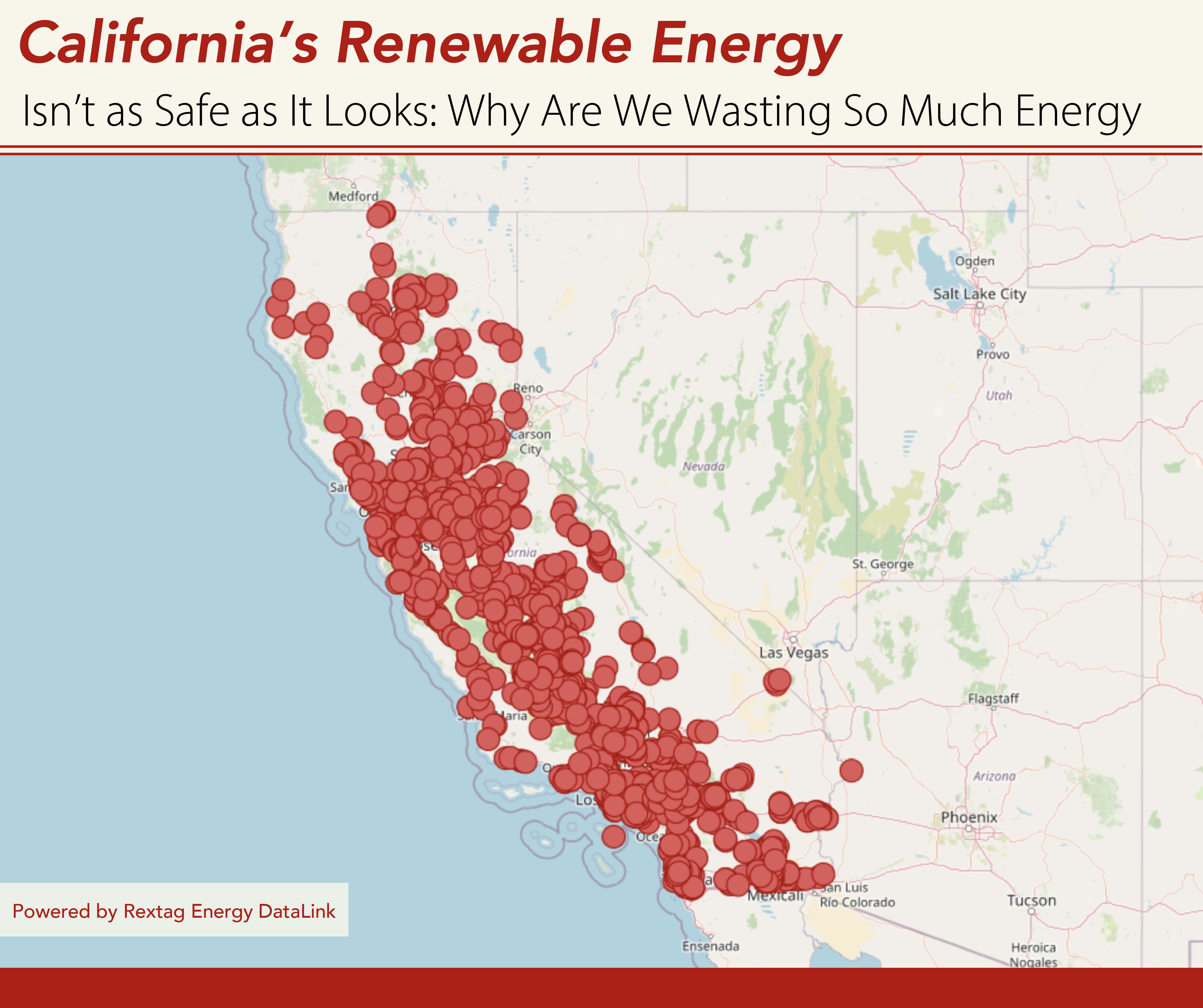
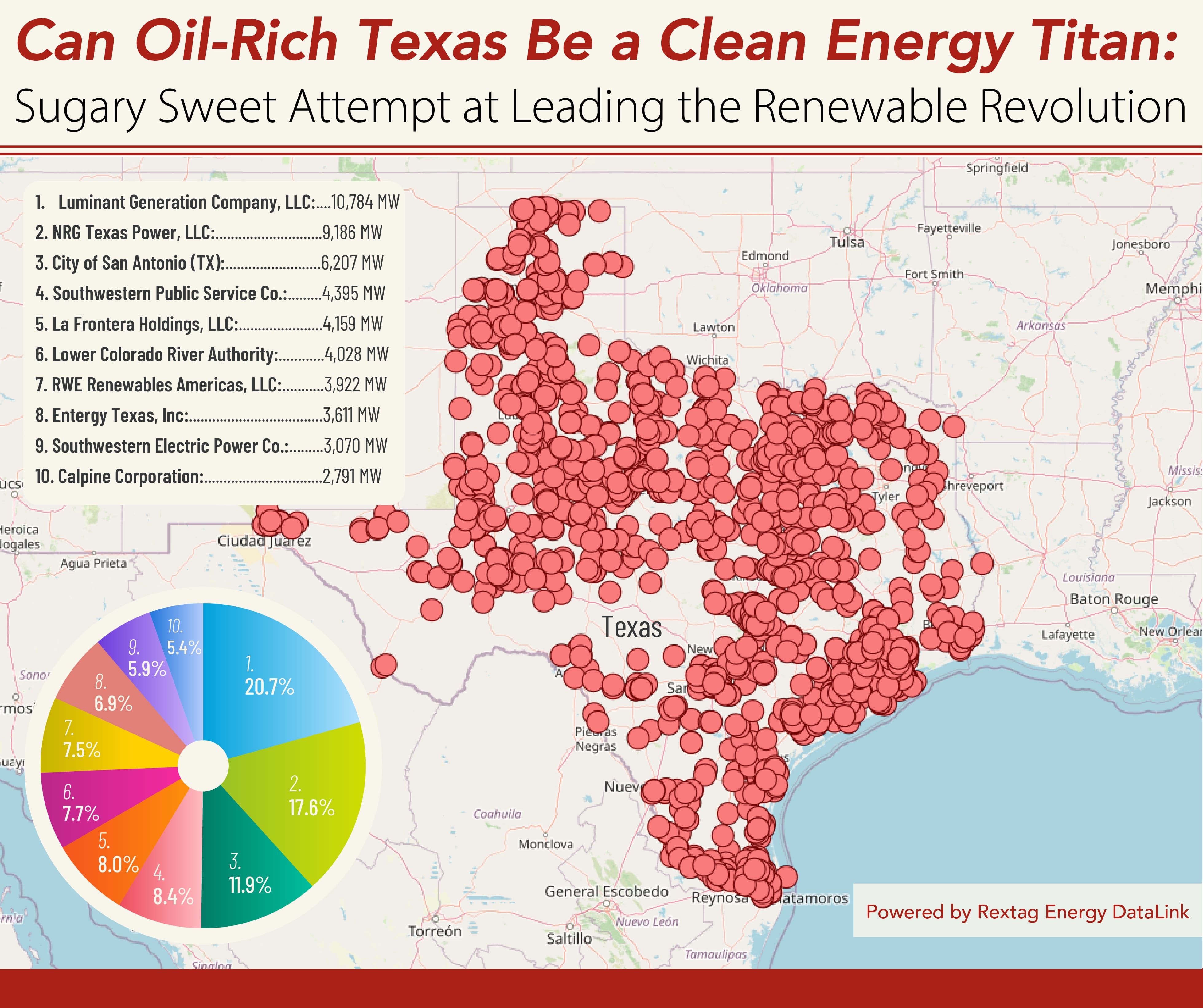
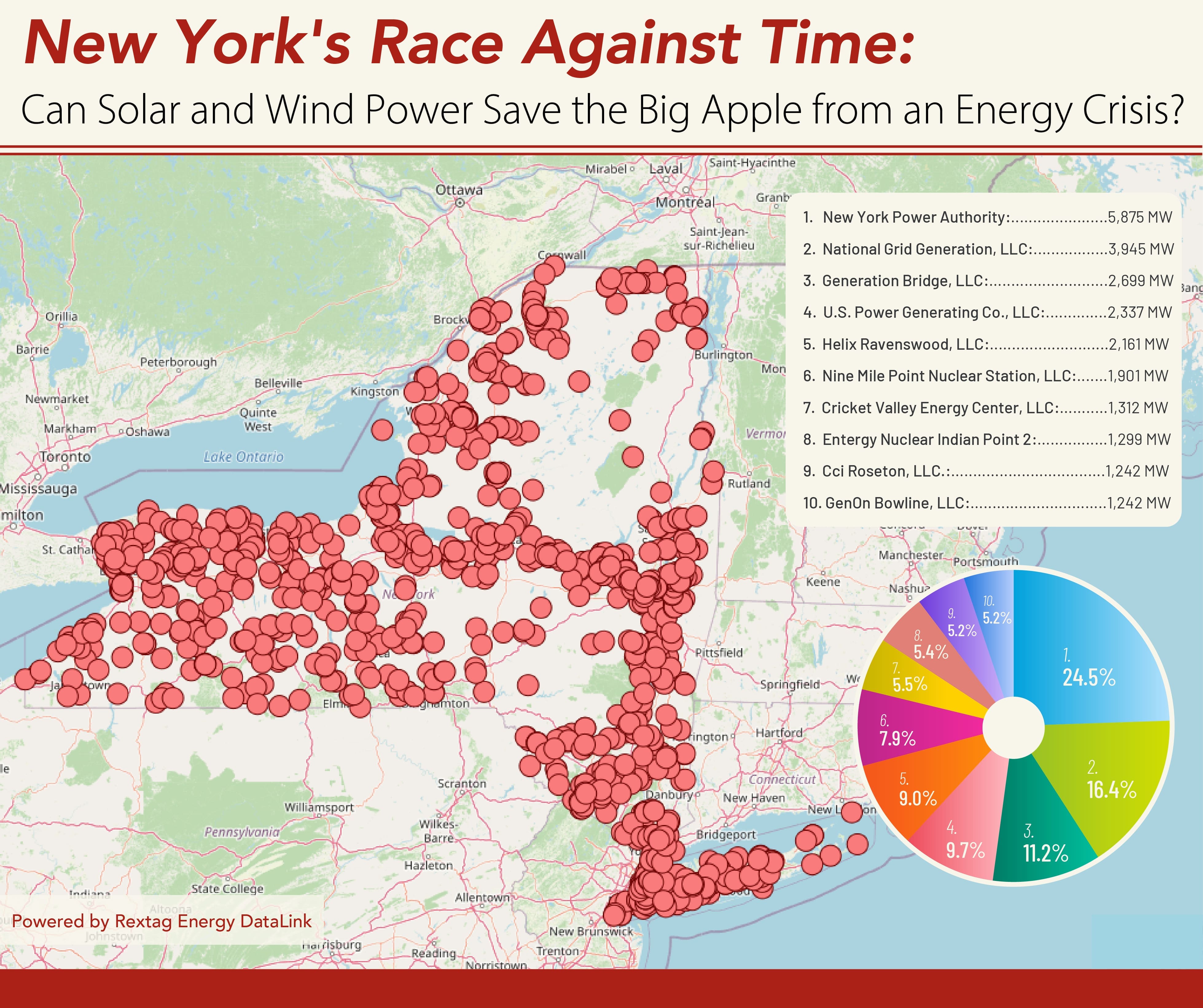
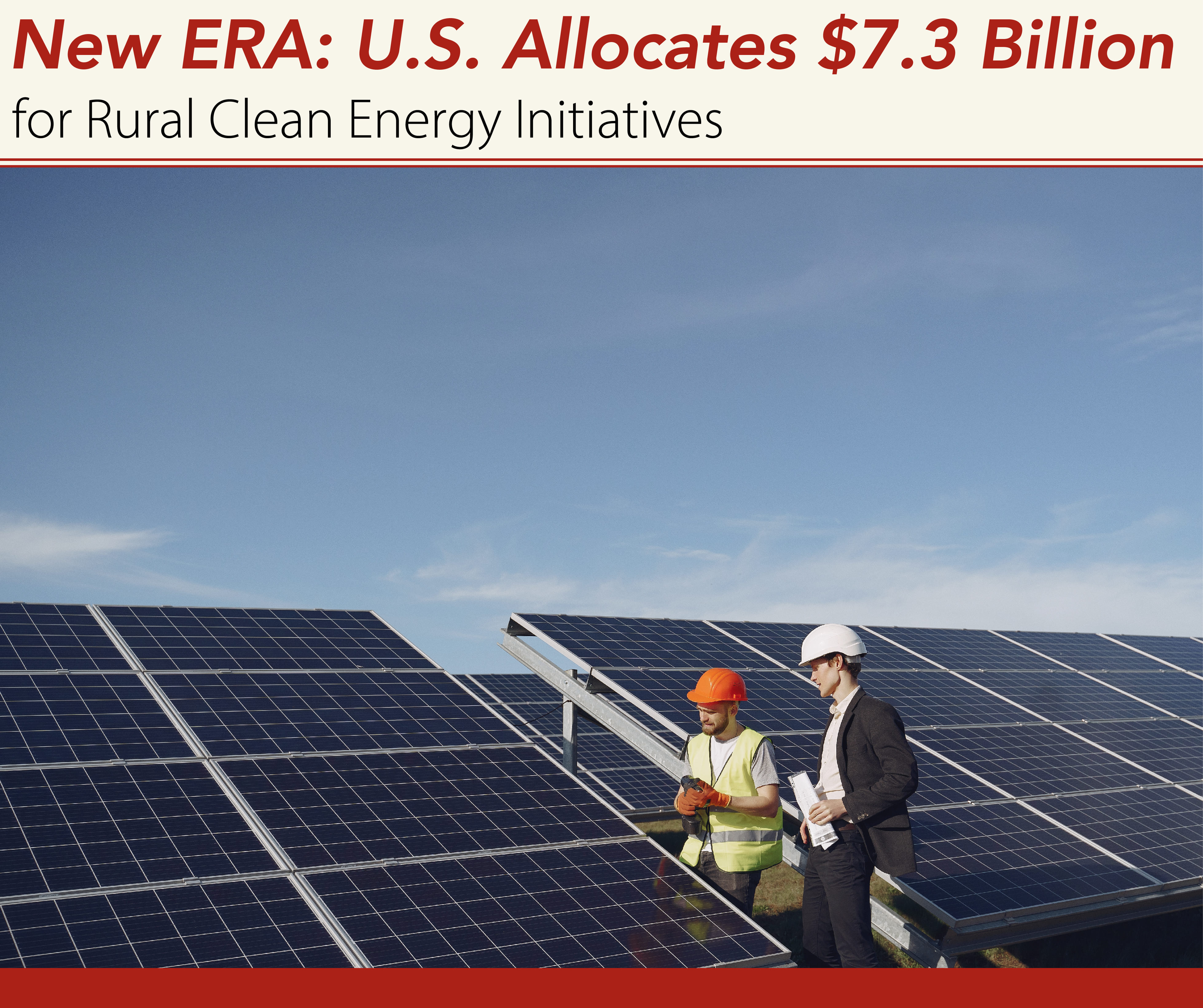
.jpg)



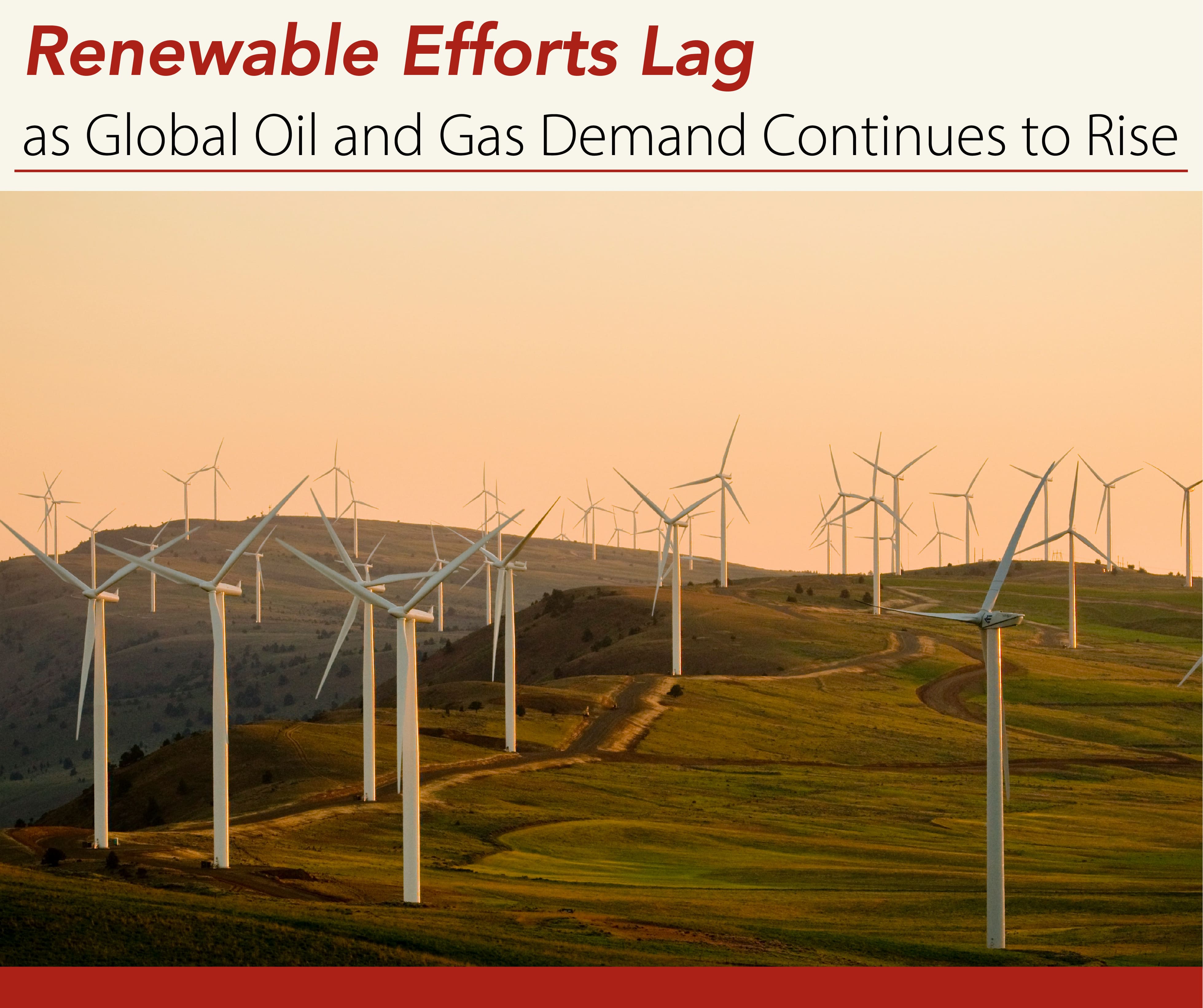

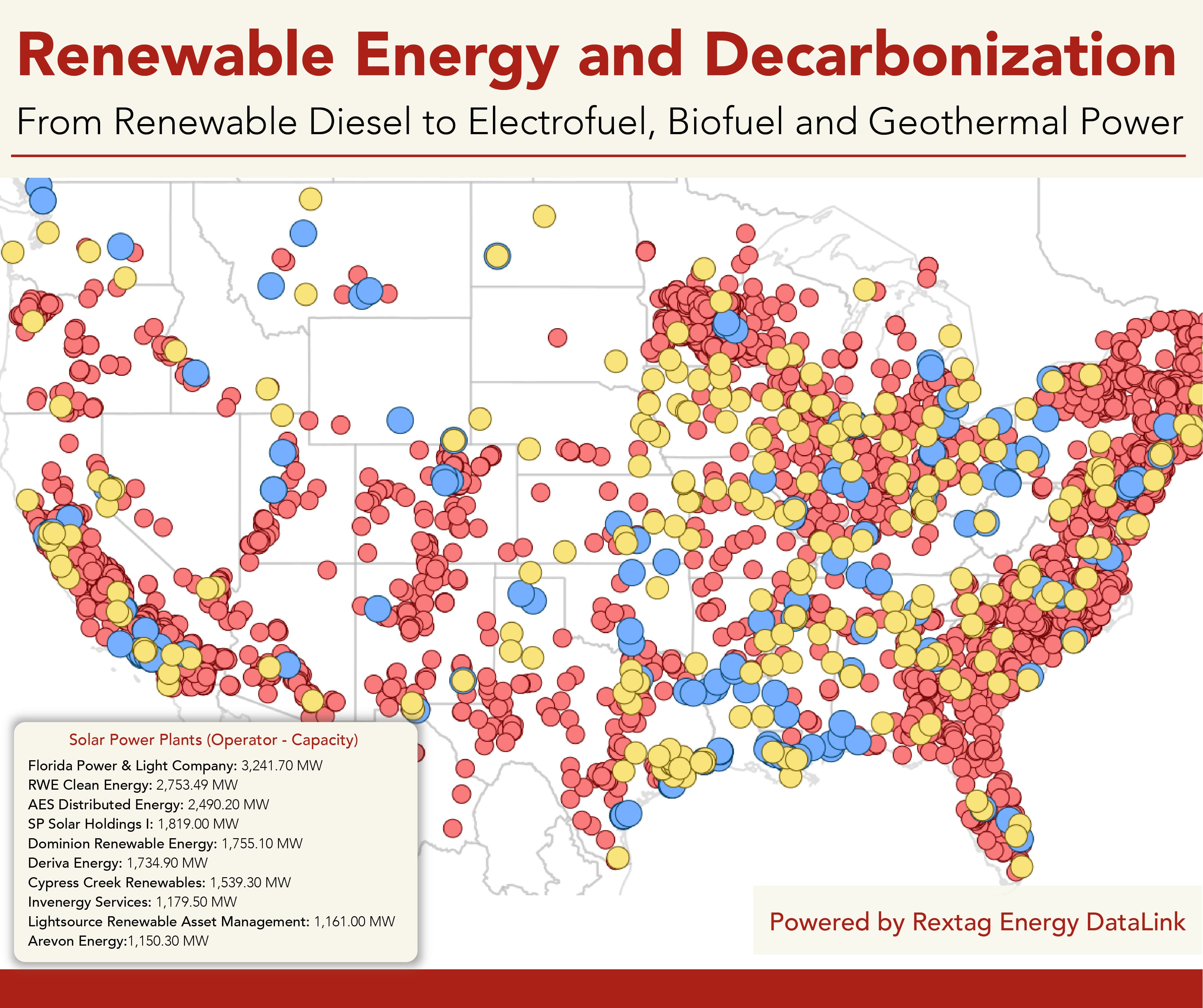
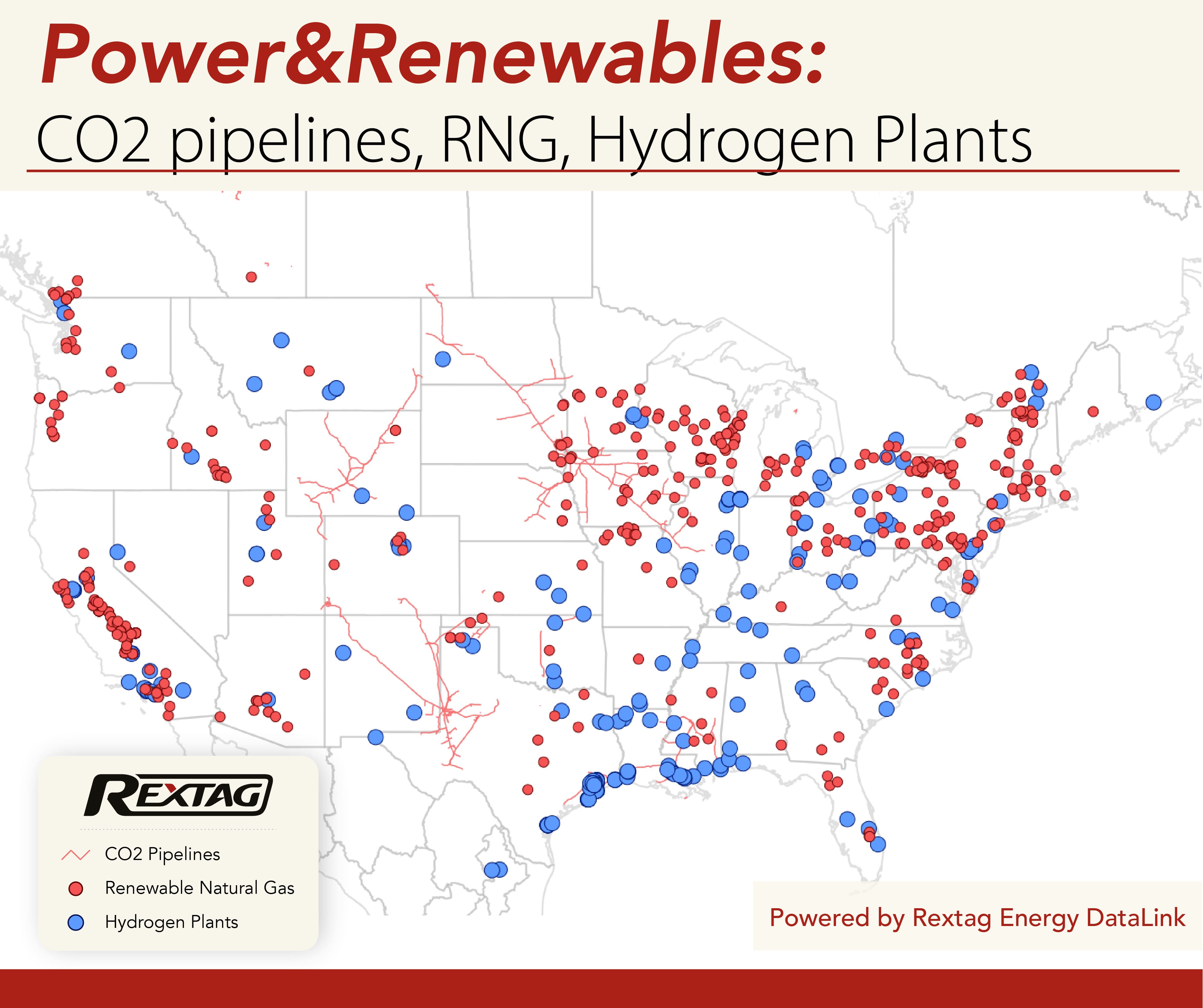
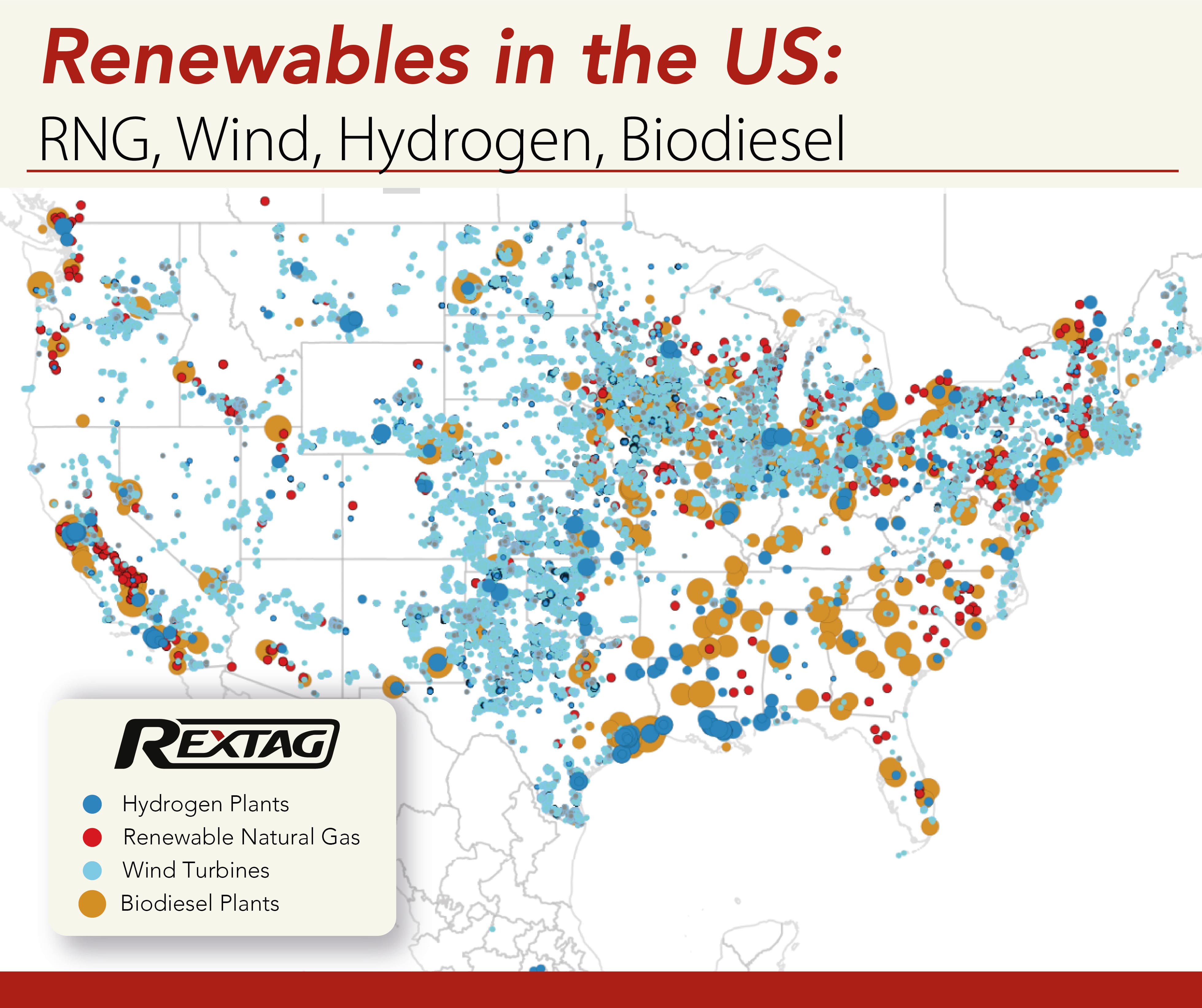
.png)


